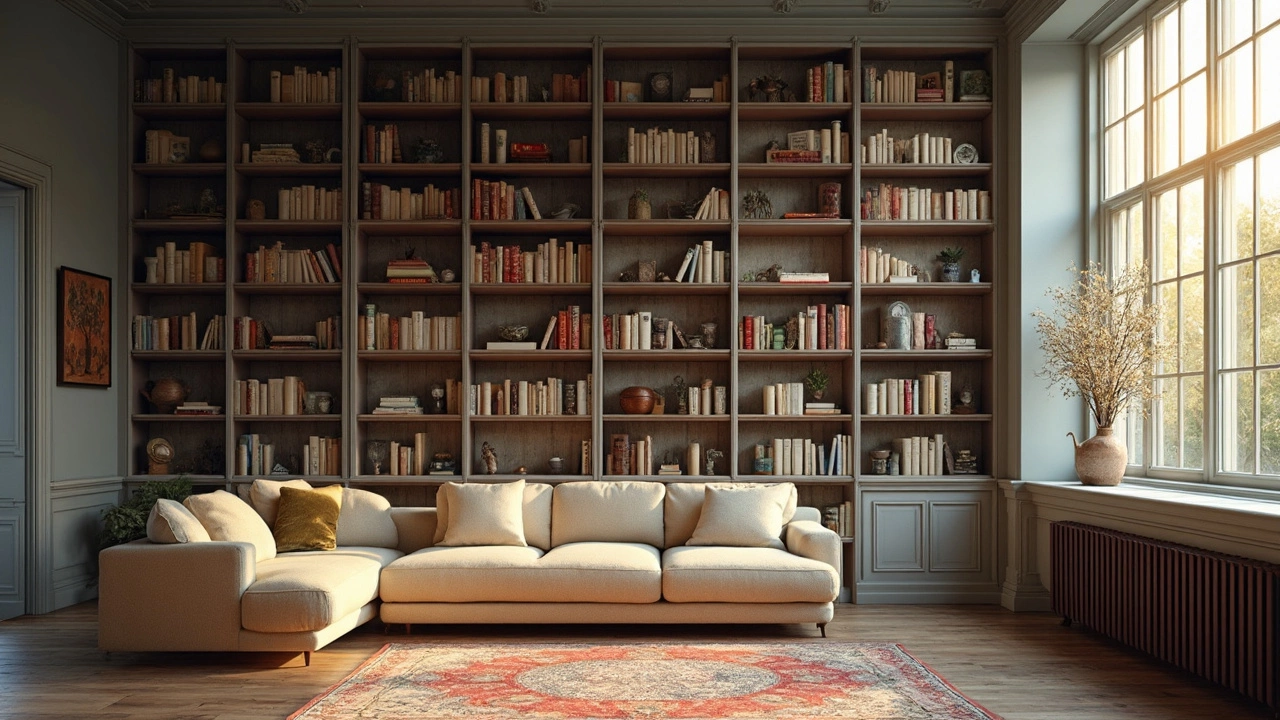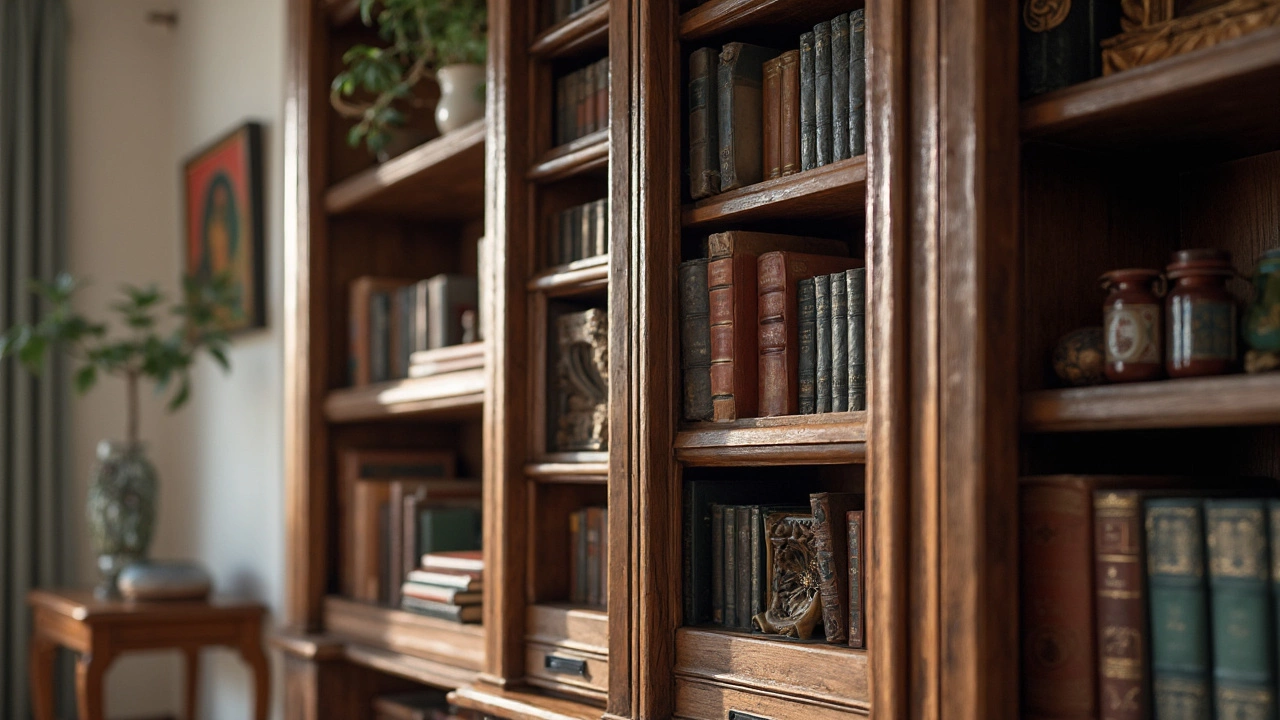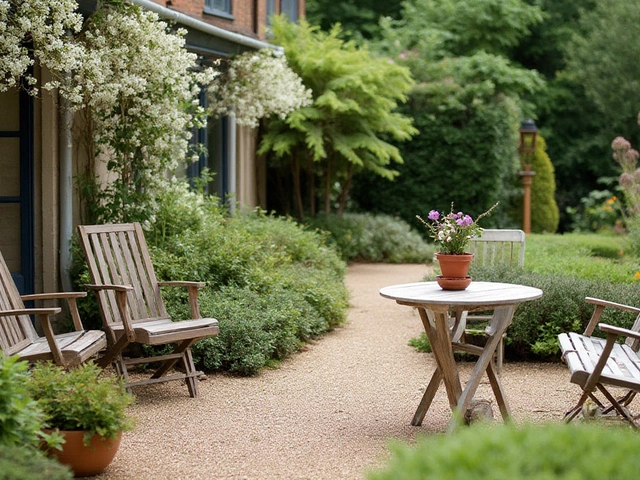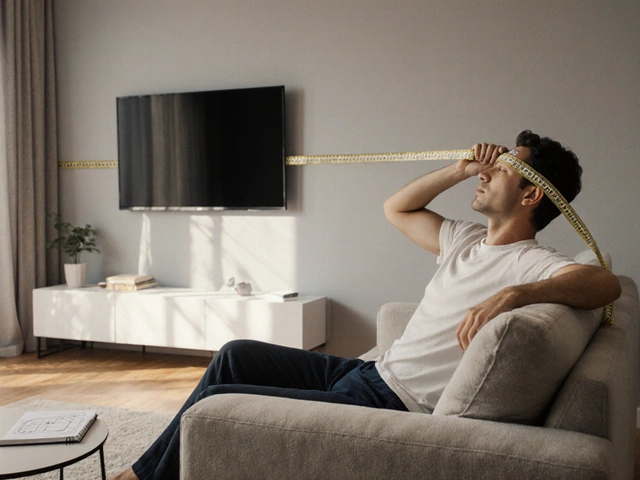 4
Apr,2025
4
Apr,2025
So, you've got that snazzy new bookcase, but it's a little wobbly, huh? A freestanding bookcase that's on the verge of tipping is not just annoying—it's potentially dangerous. Let's get into the nuts and bolts of making sure your bookcase is as stable as a rock.
The key to a stable freestanding bookcase starts with the base. Make sure it sits flat on the floor. Check for any carpet or padding that might be throwing it off balance. You'd be surprised at how much a stray lump under your rug can cause chaos.
Now, think about weight distribution. Load your heaviest books and items on the lower shelves. This keeps the center of gravity low, reducing the risk of tipping over. You wouldn't believe it, but a bunch of heavyweights down low can really make a world of difference.
And here's a tip for the extra cautious: consider some wall anchors. Yes, it may sound a bit hardcore, but it's a reliable way to keep your bookcase secure. Screw some L-brackets into the wall and attach them to the top of your bookcase. Your bookcase will thank you for not letting it tumble to the ground.
- Understanding Bookcase Stability
- Using Wall Anchors
- Balancing the Load
- Alternative Stabilization Methods
Understanding Bookcase Stability
At first glance, a bookcase might seem like a simple piece of furniture, but getting it to stand steady takes a bit of know-how. Let's break down what's really going on when it comes to bookcase stabilization.
One of the most important factors is the weight distribution. Imagine stacking a pyramid of heavy books; when the heaviest ones are on top, it's going to topple over. The same rule applies here. Load the bottom shelves with the heaviest stuff to lower the center of gravity.
Now, let's talk floors—often overlooked, yet pivotal. Uneven floors can send your freestanding bookcase into a wobble fest. If your floor isn't perfectly flat, add shims or small pieces of wood under the legs of the bookcase to even things out.
- Check for any wobbles by giving your bookcase a gentle nudge. If it tilts, pinpoint where you need shims.
- Use carpenter's level regularly and adjust as your needs or environment changes.
Stability isn't just about avoiding tip-overs; it's about durability too. An unsteady bookcase isn't just risky—it's likely to get damaged over time. Those constant shifts can cause wear and tear, shortening the lifespan of your furniture.
| Risk Factor | Impact on Stability | Solution |
|---|---|---|
| Uneven Weight | Top-heavy can cause tipping | Distribute weight with heavy items on lower shelves |
| Uneven Floors | Causes wobbling | Use shims or adjust legs |
| Improper Anchoring | Increased tipping risk | Install wall anchors if necessary |
By understanding these factors and taking a few simple steps, you can keep your bookcase firmly in place and enjoy a safe and organized space.
Using Wall Anchors
When it comes to keeping your freestanding bookcase from toppling over, wall anchors are your best friend. Think of them as the seatbelt for your furniture—they add an extra layer of safety that's hard to beat. So, how do you actually use these bad boys to secure your bookshelves?
First, you'll need to get your hands on some L-brackets or other suitable anchoring hardware. These brackets are readily available at any hardware store and don't cost much. Once you have those, you're ready to dive into the nuts and bolts of installation.
- Find Studs: Use a stud finder to locate the studs in the wall behind your bookcase. Attaching anchors to the studs rather than just drywall ensures a stronger hold.
- Mark Placement: Mark where you plan to attach the L-brackets both on the wall and the top edge of your bookcase.
- Pre-drill Holes: Pre-drill holes on the marked spots on the bookcase and carefully in the wall studs to make screwing in the anchors easier. This also reduces the chance of cracking or splitting any wood.
- Screw in Brackets: Use screws to fasten the L-brackets to both the bookshelf and the wall. Make sure each screw is tightly secured. If you're not a pro with a drill, don't worry; this part is pretty straightforward.
- Check Stability: Give your bookcase a gentle nudge to ensure everything's snug and secure. If the bookcase remains steady, job well done!
It might take a bit of effort, but anchoring your bookcase to the wall can save you from potential disasters. According to the Consumer Product Safety Commission (CPSC), furniture tip-over incidents account for thousands of injuries every year, most of which could be prevented with something as simple as a wall anchor.
If you've got kids running around who love to climb, or if you're in an earthquake-prone area, wall anchors are not just an option—they're a necessity. By using them, you're not just securing a bookcase; you're creating a safer home environment. Trust me, that peace of mind is worth every minute you spend with a drill in hand.

Balancing the Load
Alright, let's talk about why balancing the load on your bookcase is crucial. Imagine your bookcase as a giant Jenga tower. If you stack all the heavy pieces at the top, well, you know what happens. Keeping the heaviest items on the lower shelves is just like anchoring the base of that Jenga tower, making the entire structure steadier.
A report from the National Safety Council highlights that improperly loaded bookcases are a leading cause of domestic accidents. So this isn’t just about keeping your books in order—it’s about safety.
"Balance is not something you find, it's something you create." — A classic reminder that applies to both life and bookcases.
Here's a simple strategy to achieve balance:
- Start low: Place your largest, heaviest books on the bottom shelf. Encyclopedias, large hardcovers, or even storage bins with heavy items work great here.
- Middle weight: Keep the mid-sized books in the middle. Think of novels, medium-sized encyclopedias, or smaller photo albums.
- Light as a feather: Your lightest, smallest items should go at the top. Picture frames, small decorations, or lightweight paperbacks can fill these spots perfectly.
This step-by-step approach not only enhances bookcase stability but also simplifies finding books and other items when you need them. Here's a fun fact: An evenly balanced bookcase can withstand up to 50% more weight compared to an unbalanced one. Neat, right?
So, remember, secure bookcases aren’t just about anchoring them to walls—they’re also about smart loading. Keep it balanced, and your books will never teeter on the edge again!
Alternative Stabilization Methods
Want to go beyond just the basic fixes? Let's explore some alternative stabilization methods that can also be practical for securing your freestanding bookcase.
For starters, try using furniture grippers. These nifty little pads are designed to stick under the legs of your bookcase to stop it from sliding around. It's like giving your bookcase a pair of anti-slip shoes. You can find these grippers in most home improvement stores, and they’re a super easy fix with no tools required.
Thinking about adding style while enhancing stability? Consider using decorative bookends or secure brackets in visible stylish forms. Heavy bookends at the end of each shelf can both prevent books from toppling and add weight to enhance stability.
If you're dealing with a particularly tall and narrow bookcase, widening its footprint could be the key. You can achieve this by attaching a wider baseboard at the bottom. It’s like giving your bookcase a firm stance to stand strong against the pull of gravity.
Another neat trick is using tension rod supports. Place a tension rod vertically between the top shelf and your ceiling. It creates a little bit of upward pressure that, surprisingly, helps stabilize things.
If you want more security without marking up your walls, heavy-duty Velcro strips can secure your bookcase to the wall. They might sound a bit unorthodox, but these strips are strong, especially when used in multiples. It’s like strapping your bookcase securely without drilling holes.




